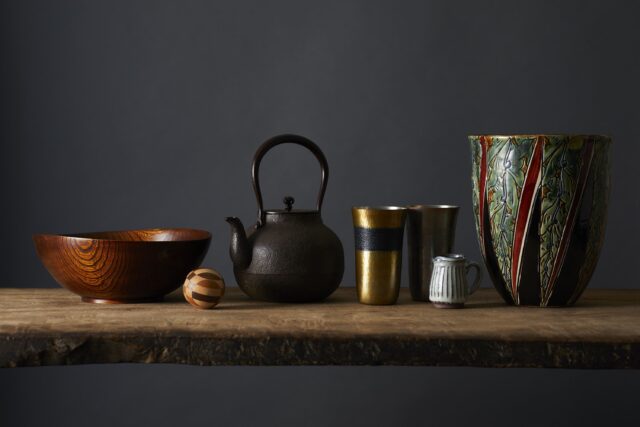Nakagawa Masashichi Shoten Redefines “How Craft Should Conclude” – Launches Circular Craft Program Alongside B Corp Certification
KOGEI Topics VOL.25


VOL.1-25
Update

VOL.1-50
Update
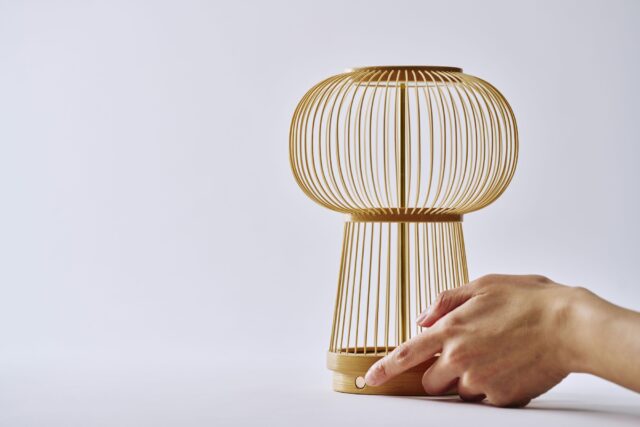
VOL.1-22
Update
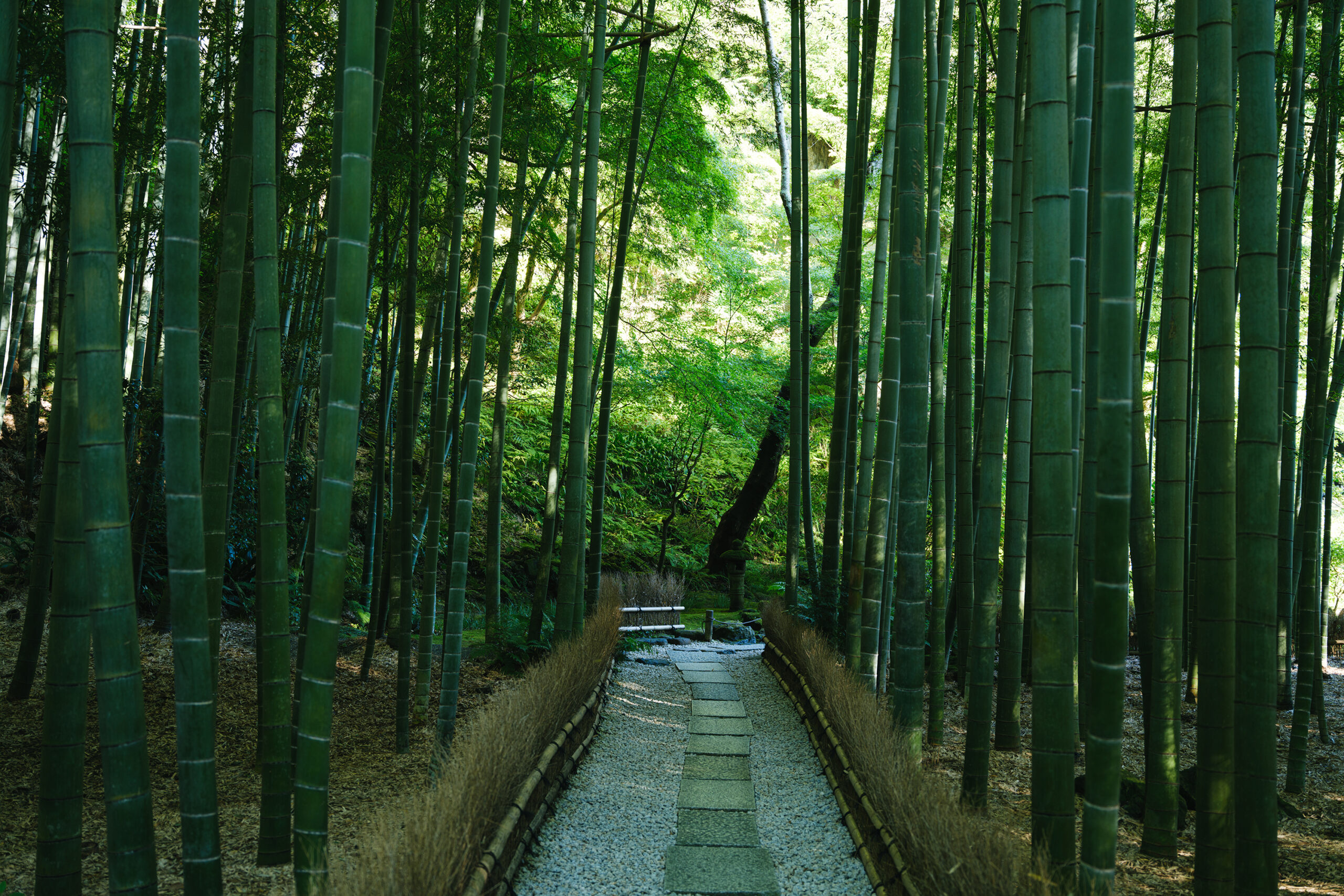
VOL.1-3
Update
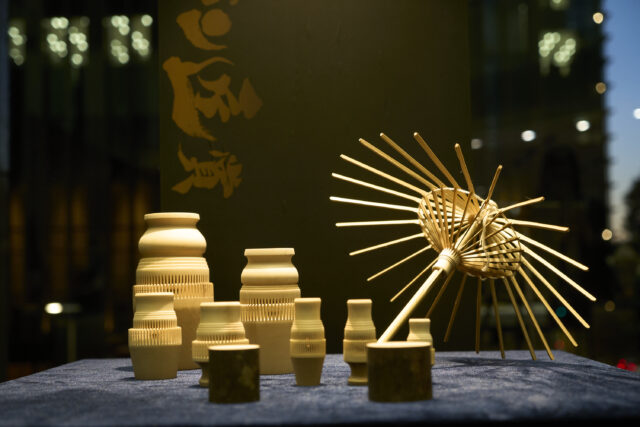
VOL.1-27
Update
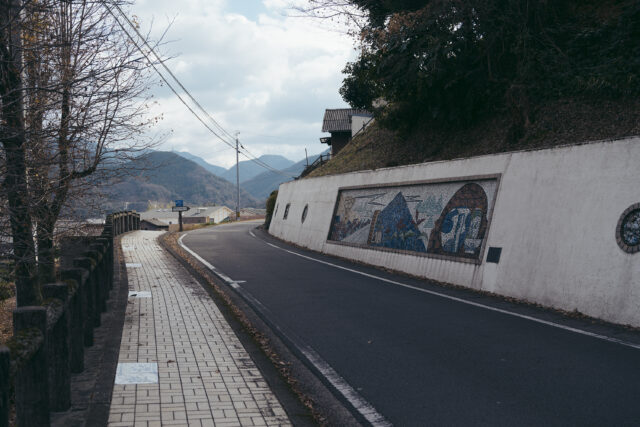
VOL.1-4
Update
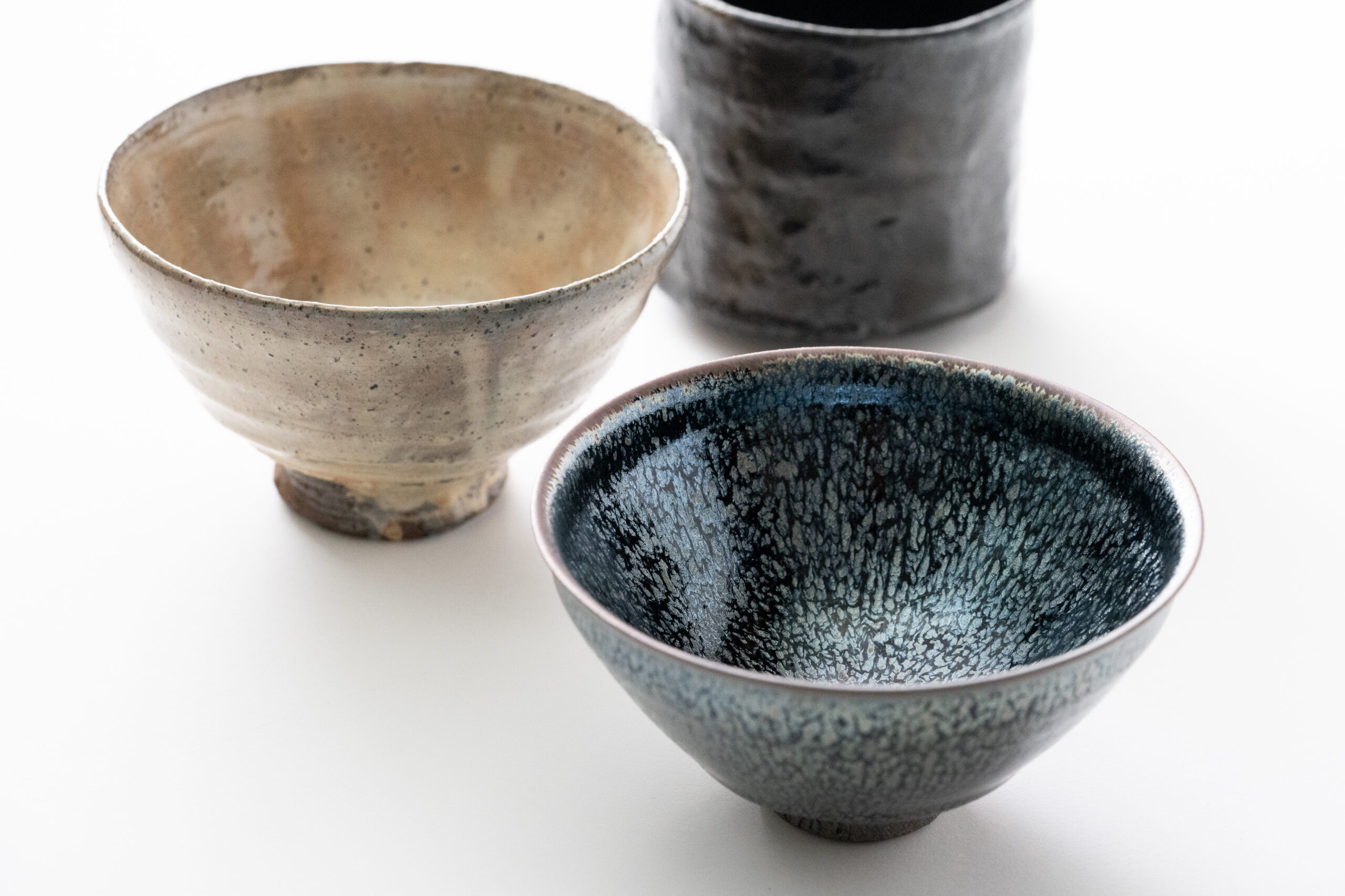
VOL.1-3
Update
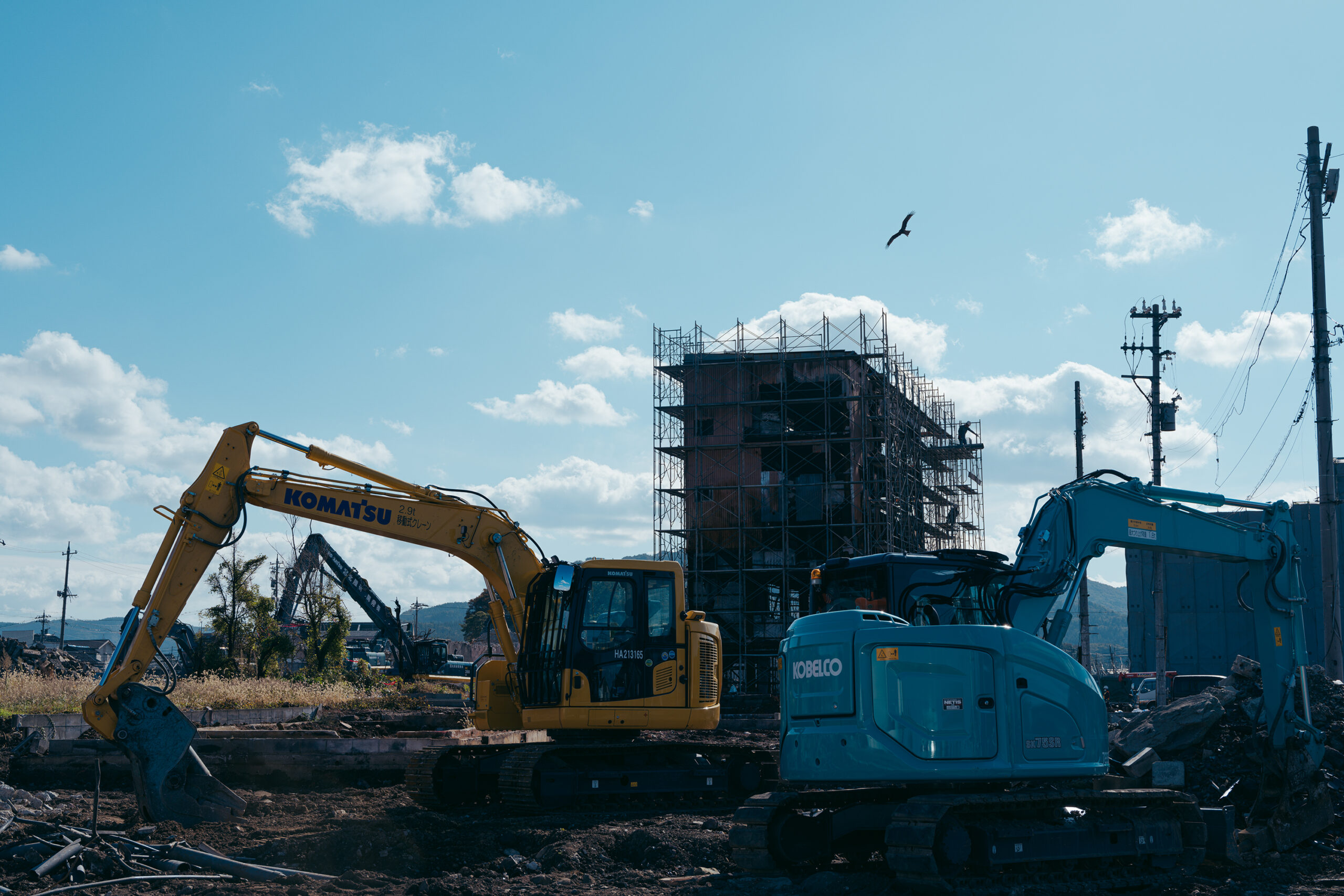
VOL.1
Update

VOL.1-7
Update
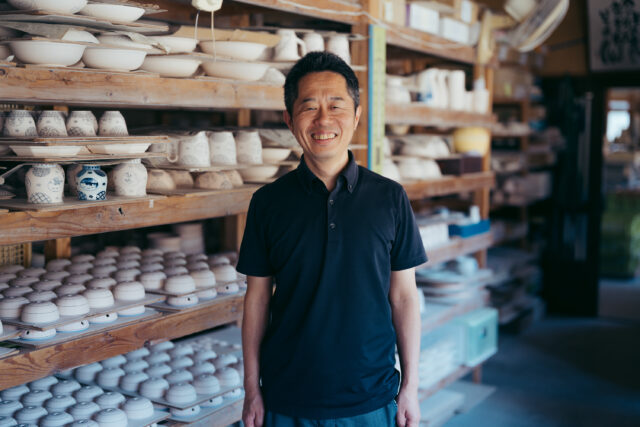
VOL.1-32
Update
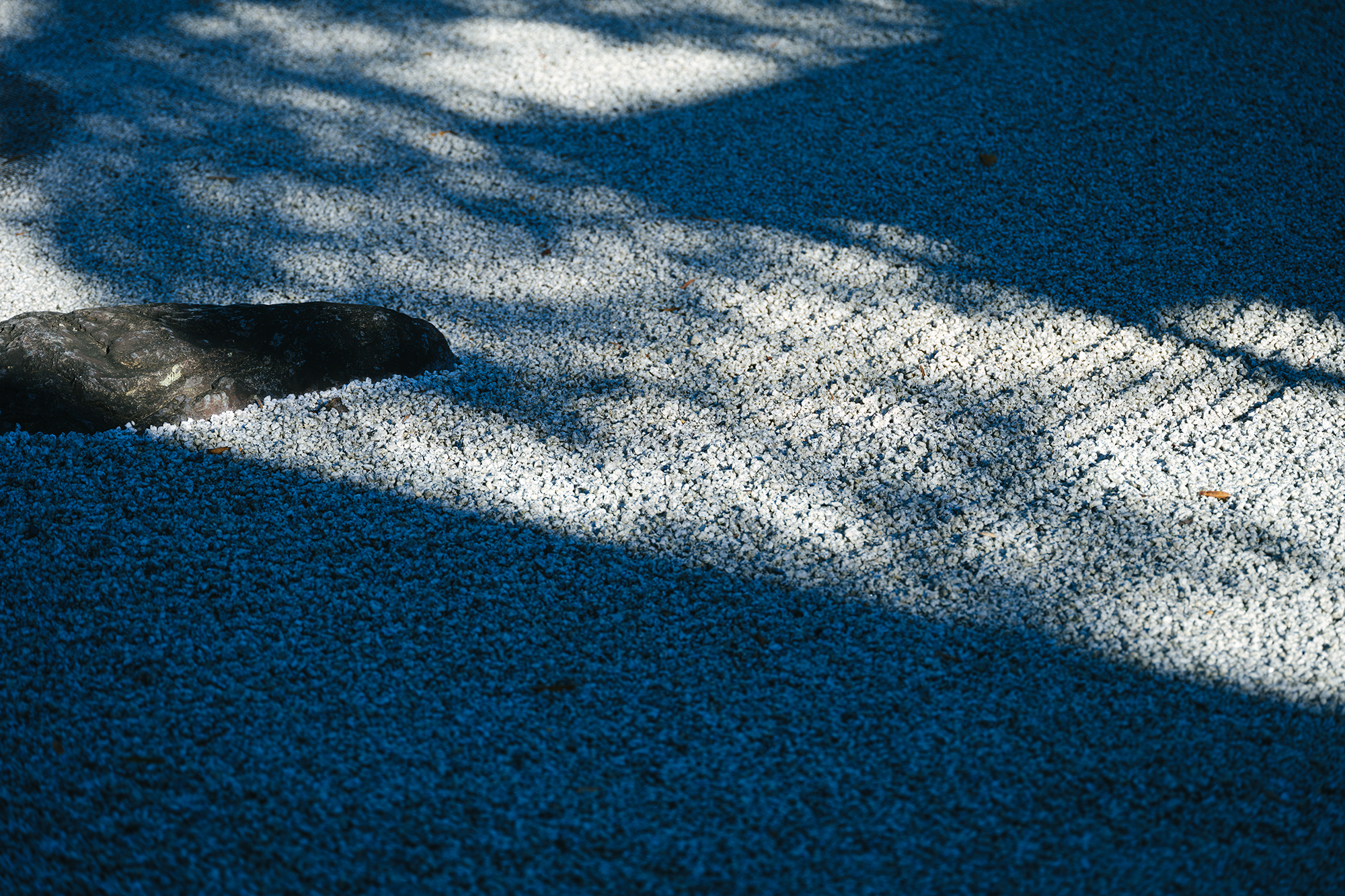
VOL.1-12
Update
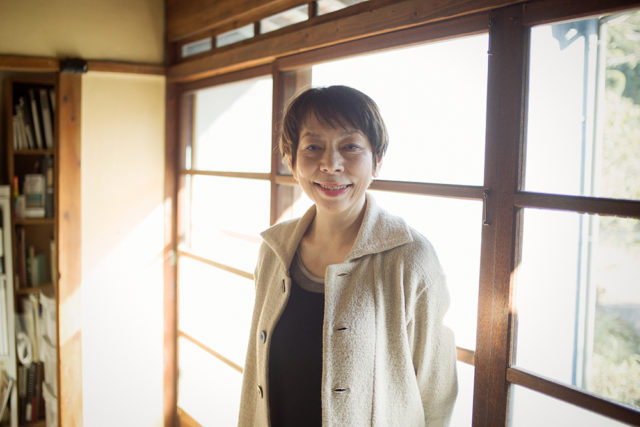
VOL.1
Update
We share a variety of information and perspectives on Japanese crafts, including exhibition information and interviews.
KOGEI Topics VOL.25
Featured Exhibitions & Events VOL.50
KOGEI Topics VOL.24
New Products VOL.22
Dec 6 – Dec 14, 2025
juroku garo
Dec 9, 2025 – Mar 1, 2026
National Crafts Museum
Dec 12 – Dec 27, 2025
HULS GALLERY TOKYO
Dec 13 – Dec 28, 2025
GALLERY crossing

Oribe is one representative of the diverse styles of Mino ware. Developed by the warlord and tea master Furuta Oribe over 400 years ago during the Azuchi-Momoyama period (1573-1603), Oribe ware typically exhibits unique design characteristics, such as a green color stemming from copper green glaze and intentionally irregular shapes.
The fascination of the Oribe tea bowls made by Ryotaro Kato, a ceramic artist, stems from the way they are fired in an ana-gama kiln over many days. The green glaze serendipitously flowing from bright green to deep blue when fired, the rim blackened by ashes burnt in the kiln, and the white clay peeking out from under the glaze – the various scenes that appear in one tea bowl are like looking at the varied nature of Japan itself. Half of the result thus owes to the power of nature, released by the artist’s spirit of facing the fire head-on.
Ryotaro’s aesthetic sense, his enjoyment of tea ceremony and calligraphy, is condensed and expressed in each tea bowl. His works, which are like another manifestation of the artist himself, will surely be handed down from one to another generation of people who enjoy tea.
